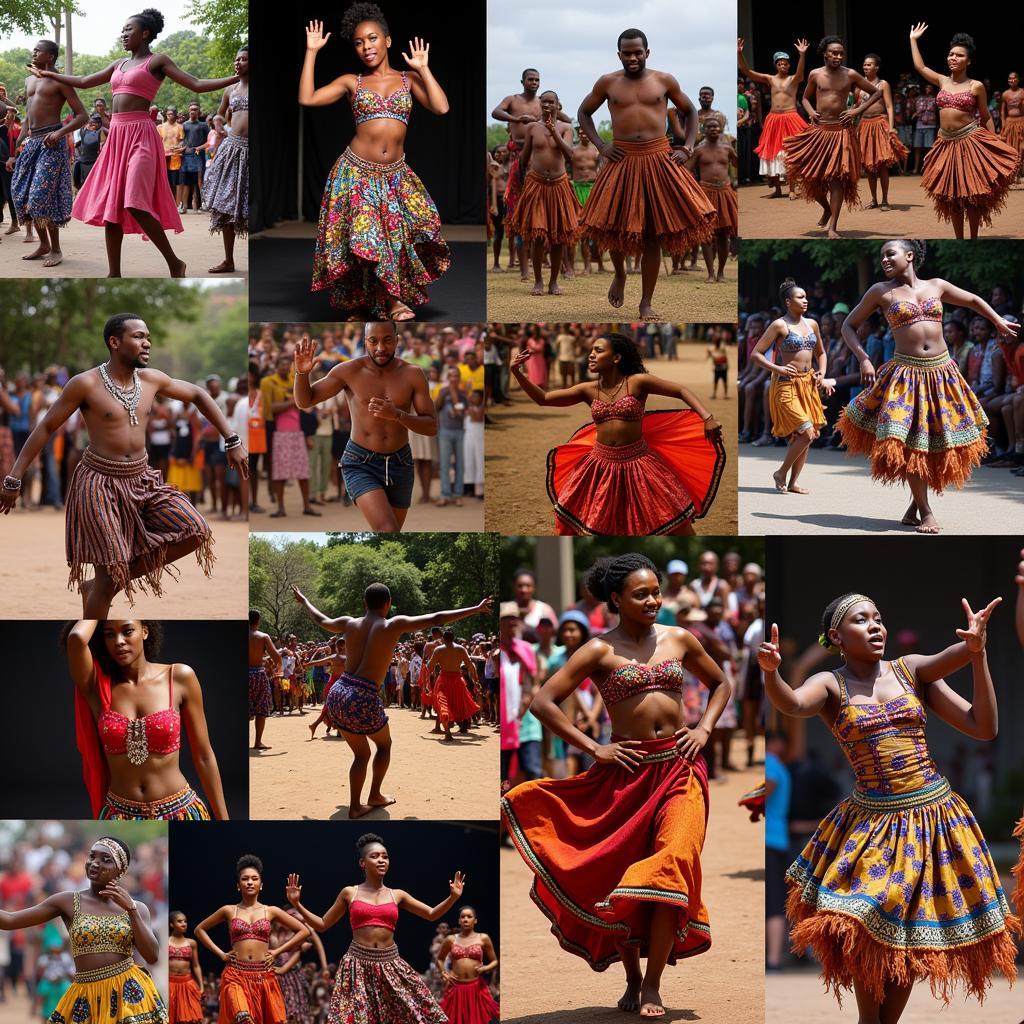The Fascinating World of African Cattlefields
African Cattlefields are more than just vast stretches of land where cattle graze. They are vibrant ecosystems, integral to the livelihoods of countless communities, and rich in cultural and historical significance. These fields embody the spirit of resilience, adaptation, and the deep connection between people and the land.
A Glimpse into Africa’s Vital Cattlefields
Imagine vast plains dotted with herds of cattle, their bodies shimmering under the African sun. This is the scene that unfolds across many parts of the continent, where cattlefields serve as the lifeblood of numerous communities. Beyond their economic value, cattlefields are deeply intertwined with the cultural fabric of Africa.
The Role of Cattle in African Culture
Cattle are far more than just livestock in Africa. They are symbols of wealth, social status, and cultural identity. In many communities, cattle are integral to marriage ceremonies, inheritance practices, and religious rituals. Their milk provides sustenance, their dung is used as fuel and fertilizer, and their hides are used for clothing and other crafts.
Types of African Cattlefields
African cattlefields vary greatly depending on the region, climate, and specific needs of the communities. Here are some common types:
- Pastoral Cattlefields: These are characterized by open grasslands where herds roam freely, often covering vast distances in search of water and grazing.
- Ranched Cattlefields: This type is more common in areas with limited grazing land, where cattle are confined to fenced areas and managed more intensively.
- Mixed Farming Systems: Many African communities combine cattle raising with other agricultural activities, such as crop production and fishing, creating a sustainable and diverse livelihood.
Challenges and Opportunities in African Cattlefields
Despite their importance, African cattlefields face significant challenges:
- Climate Change: Droughts and erratic rainfall patterns threaten water availability and grazing resources, impacting cattle health and productivity.
- Disease Outbreaks: Cattle diseases, such as foot-and-mouth disease and rinderpest, can decimate herds, leading to economic hardship for communities.
- Overgrazing: In some areas, excessive grazing pressure can lead to land degradation and soil erosion, impacting the long-term sustainability of cattlefields.
Despite these challenges, there are also opportunities for improvement and sustainable development:
- Improved Breeding Practices: Implementing selective breeding programs can enhance cattle genetics, leading to healthier and more productive herds.
- Modern Management Techniques: Incorporating modern technologies and practices can improve resource management, disease prevention, and overall efficiency.
- Community-Based Conservation: Empowering local communities to participate in conservation efforts can help ensure the long-term sustainability of cattlefields and their biodiversity.
Exploring the Rich Heritage of African Cattlefields
African cattlefields are a treasure trove of cultural heritage. Their traditions, practices, and beliefs have been passed down through generations.
“Cattle are the backbone of our community,” says Professor Mzee Ngugi, a renowned anthropologist and expert on African pastoralism. “They are more than just animals; they are part of our identity, our culture, and our way of life.”
The Importance of Cattle in African Art
Cattle feature prominently in African art, from intricate sculptures and masks to vibrant paintings and textile designs. They are often depicted in scenes of daily life, religious ceremonies, and stories passed down through generations.
The Unique Rhythms of Cattlefield Music
Cattlefield music is a vibrant and dynamic genre that reflects the lives and experiences of those who live and work on these lands. The sounds of cattle bells, whistles, and drums blend harmoniously, creating a captivating soundscape that celebrates the beauty and resilience of the African cattlefield.
A Deeper Dive into African Cattlefields:
Here are some questions often asked about African cattlefields:
What are the challenges of managing African cattlefields?
Managing African cattlefields involves balancing the needs of people, livestock, and the environment. Key challenges include climate change, disease outbreaks, overgrazing, and limited access to resources.
What role does technology play in modern cattlefield management?
Technology is playing an increasingly important role in modern cattlefield management. GPS tracking devices help monitor cattle movements, while mobile apps can be used for disease surveillance and information sharing.
How can we promote sustainable practices in African cattlefields?
Promoting sustainable practices in African cattlefields involves a multi-pronged approach. This includes community-based conservation efforts, improved breeding practices, and sustainable land management techniques.
Beyond the Grasslands:
African cattlefields are a captivating and complex subject. This article is just the beginning of a journey into their fascinating world. For further exploration, check out our other articles on:
- The Importance of Indigenous Cattle Breeds in Africa
- The Role of Women in African Cattlefield Management
- The Cultural Significance of Cattle in Different African Communities
Support Our Mission:
We are committed to sharing the rich cultural heritage and inspiring stories of African cattlefields. Your support helps us continue to produce informative and engaging content. Donate now!
Contact Us:
For any questions or inquiries, please contact us at +255768904061 or [email protected]. We are available 24/7 to assist you.



